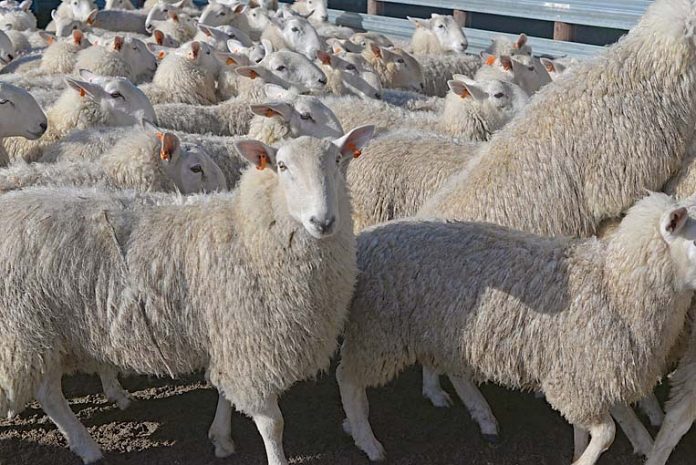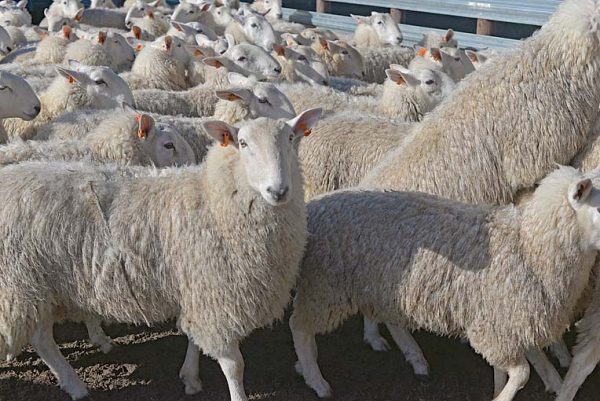

REGULATIONS about what constitutes a lamb at market have changed, with further flexibility in regard to the rupturing of a lamb’s permanent incisors.
Under the new regulations, the lamb classification still apples if it is a “young sheep under 12 months of age or does not have any permanent incisor teeth in wear”.
This means a lamb is able to cut one or both of its permanent central incisor teeth, as long as they are not in wear.
Previously, the definition of a lamb was “a female, castrate or entire male that has no permanent incisor teeth” after which it was classified as a hogget, meaning some producers were missing out on higher prices even though the eating quality was on par.
These new changes put the Australian lamb industry in line with New Zealand’s current policy, evening out the playing field with the country’s biggest competition in the international lamb export market.
Landmark Keatley stock agent Dale Keatley welcomed the new changes, stating it is a more “common sense approach” to the industry.
“Quite often you have a lamb sold at market as a lamb but its teeth rupture through almost immediately after sale,” he said.
“They still hang like a lamb but are classed as a hogget due to a missing tooth.
“Although most producers get their lamb to market with plenty of time before this might happen, it just makes for a smoother process for everyone this way.”
Mr Keatley assured the new changes will have no impact on the quality of the meat.
“It is a matter of moments between a lamb and a hogget if we say they cannot have their permanent teeth,” he said.
“The will still taste exactly the same and will have just as high quality as before.
“It is not like producers are going to passing off much older sheep as lambs, they are the same they have always been.”
This change comes as lamb prices continue to boom across the country, with records being set almost every week.
The current Australian record sits at $354.20 a head, with the South Australian record set in Naracoorte last month not far behind at $337.







